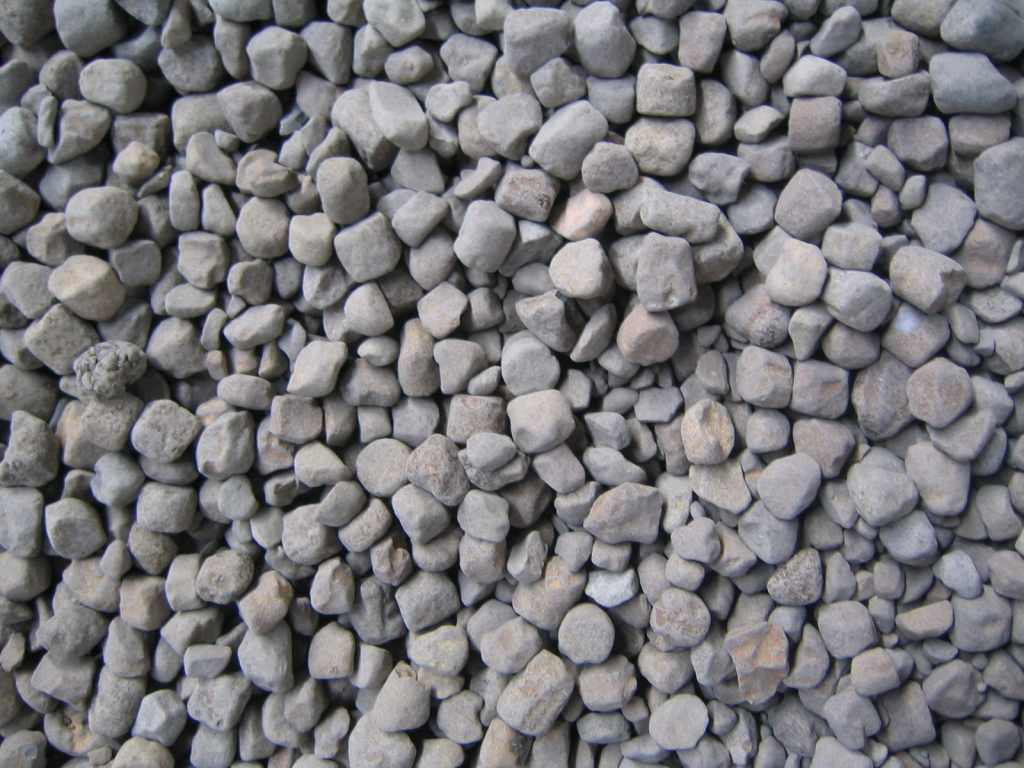Application fields and characteristics of mullite-based composites

Mullite is a binary solid solution compound composed of alumina and silicon oxide. It is the most stable compound in the Al2O3-SiO2 binary phase diagram. There are very few natural minerals. At present, aluminum-containing and silicon-containing raw materials are mostly synthesized at high temperature.
Mullite has many excellent physical properties, such as high fracture toughness, high temperature resistance, oxidation resistance, thermal shock resistance, creep resistance, low thermal conductivity, strong electrical insulation, and low dielectric coefficient. In addition, mullite also has high chemical stability, and has good corrosion resistance in alkaline fluxes and carbonated fluxes. Therefore, mullite can be used in a variety of composite materials, and has been widely researched and applied in the fields of chemical industry, energy, environment and so on.
1. Coating material
Because of its excellent stability and low thermal expansion coefficient, mullite is often used in coating materials to increase the thermal shock resistance and oxidation resistance of the material. Because mullite has good heat and corrosion resistance, the use of mullite in coatings can also enhance the high temperature corrosion resistance of the material.
2. Polymer materials
Adding mullite to polymer materials can significantly improve the properties of the materials. Feng et al. uniformly distributed acicular mullite whiskers into epoxy resin to prepare mullite whisker epoxy resin composite material, which can increase the flexural strength of epoxy resin from 4.2MPa to 47.6MPa, and the wear rate is also significant reduce. In addition, the addition of mullite can also improve the vulcanization characteristics and resilience of SBR.
3. Thermal storage materials
Phase change materials/ceramic matrix composite energy storage materials have become one of the important research directions of thermal energy storage materials. Mullite-based porous ceramic material is a good heat storage and energy storage matrix material due to its large heat capacity, good thermal shock resistance and high porosity.
Cordierite-mullite composite ceramics are one of the most promising thermal storage materials for next-generation solar thermal power systems. Wu et al. prepared a series of cordierite-mullite composite ceramic materials using different aluminum and silicon raw materials, which can be used as the matrix of thermal storage materials.
4. Wave-transmitting material
Mullite-based wave-transmitting ceramic materials have excellent thermal shock resistance, high-temperature mechanical properties, chemical stability and excellent mid-infrared wave-transmitting properties, and can be used as special high-temperature optical window materials, such as radomes and antenna windows for high-speed aircraft. Wait. Its wave transmittance is mainly affected by its microstructure, such as impurities, grain boundaries, pores, microcracks and surface roughness. The preparation process includes hot isostatic pressing, vacuum sintering, microwave sintering and spark plasma sintering.
Chromium-aluminum phosphate material is also an ideal wave-transmitting material, but its mechanical properties are poor, and its composite with mullite can improve its mechanical properties and thermal shock resistance. Zhou Pingsen et al. used multiphase composite ceramic technology to prepare mullite reinforced chromium aluminum phosphate high temperature wave-transmitting ceramics. The results show that with the increase of mullite content, the thermal shock resistance and mechanical properties of multiphase ceramics are improved. .
5. Thermal insulation materials
Mullite fiber-based porous material has the advantages of low density, low thermal conductivity and certain strength, and is an ideal thermal insulation material. Among them, mullite fiber mainly has two kinds of external introduction method and in situ synthesis method.
6. Ceramic membrane material
As a new type of separation medium, ceramic membrane has the advantages of high temperature and high pressure resistance, corrosion resistance, high separation efficiency, easy cleaning and regeneration, etc. It is widely used in environmental engineering, food, medicine, biotechnology and other separation processes. Due to its unique fibrous structure, mullite is often used to prepare ceramic separation membrane materials.
